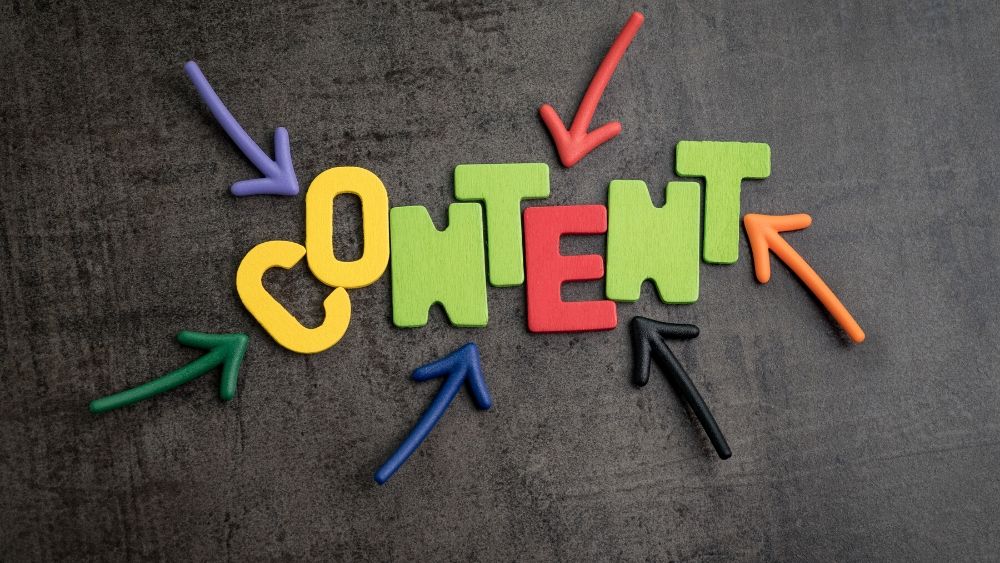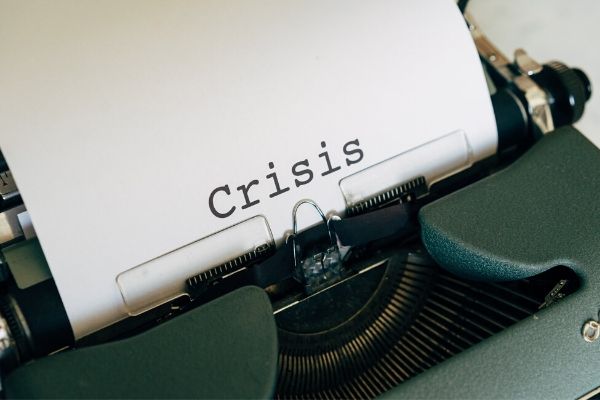Insights
INSIGHTS
All Topics
My Account
How your charity can create noise-breaking content
03 Jul 2020by Chris Hall
With so much content already out there and so many different types of content creation, how can charities ensure their content cuts through the noise?
My last article brought forward the notion that content can be a fundamental approach to reaching new and existing donors in a time where we’re all saturated with emails, social posts and advertisements. I identified two key attributes to every good piece of content – the audience and the story.
Back in April I focused on the audience and how it should underpin all content decisions, however, there is a second part of the good content equation – the narrative. Now we have our audience front of mind, how do we create good reactionary content? I’ve got three key tips for this.
What do you want to say?
My first tip is to decide on your message.
What is the message you want to get across to people? What is your mission? What do you want people to know?
Write it down, write it down 100 times. This is the core message that you want to get across to your audience, all your communications should tie back to this in some way, shape or form. Everything you do, all the content that you create, should be in service to this. You don’t want to lose sight of this. Any content that’s not in service to this, even if it’s glossy and exciting, it’s not going to be effective for you. This is really going to be your litmus test through your content creation process.
If you’re unsure and can’t come up with anything, then at least going through the early part of this process is going to help give you a starting point, a platform to build from.
The brave and the bold
The second tip is to be brave.
With the current saturated environment, what you’ve done previously might not cut it anymore. Similarly, you might have never bothered with content previously. Well now is the time. The truth is, we’re all content creators in the attention economy whether we like it or not. If you have a smartphone in your back pocket, you’re qualified for a role in content. Whether that’s in front of the screen or behind it. Fortune favours the brave!
The content is what’s important
My third tip is to forget what you’ve been told by ‘experts’.
We’re constantly told that we have short attention spans. But, it’s simply not true. And here’s why I think otherwise:
Have you ever watched a James Cameron or Martin Scorsese film in one sitting?
Did you read Harry Potter book from cover to cover in a week?
Did you watch all 10 episodes of Making a Murderer in one night?
Have you ever listened to an hour long episodes of a podcast back to back to back to back?
Ok, you get the gist. My point is that when it comes to content consumption, we are creatures of binge. We just love good content.
As creators we should never really be constrained by time or format, what matters most is the content and that’s where our focus should be. Good Content = Audience x Message, grab attention early and be relevant to your reader, viewer or listener.
With those 3 tips in mind, here are some content types that can help charities break through the COVID-19 noise barriers.
Websites and Blogs
Unless you’re great at creating viral content (and by the way - this should never be a goal of content creation) blogs build up a following over time. However, one tip that can elevate them above others and increase follower engagement is to make them interactive.
Quizes and polls are a great place to start. For example, WWF’s social media held quiz was a new way for them to engage with supporters for their very first virtual Earth Hour.
They released one testing question per minute to press how well individuals know their wildlife facts. The quiz was set up on the WWF Facebook page with clear links and asks to visit adoption pages. This could have been something easily hosted within an article, blog or website, with automatic social share buttons and links to learn more about the cause.
For charity digital leaders looking to stimulate audiences intellectually while asking supporters to take part, interactive online content can be a fun way to engage and motivate.
A sure-fire way to have your web and blog content stand out in a crowd is to be SEO focused. Kickstart this by focusing on what your readers would want to read. From there you can find you keywords and these words can then be threaded into your content.
Optimised page titles, headings, body text, URL, meta tags, file pages, image tags, and anchor links all help you climb the Google rankings. This makes both your content and cause more discoverable to internet searchers.
Video
Arguably the most important on this list is Video. Video is no longer the next big thing, it’s well and truly here and it’s the norm. Social platforms are constantly investing in improving their video capabilities because it’s proven to drive higher engagement and retention from audiences.
Now is a better time than any to try, test, perfect and learn how to create good video content. We’re closer to our phones than ever before, all of which have good quality cameras on. We’re spending our days on meeting platforms like Zoom, Skype and Teams all of which have the function to record.
Vlogging is an easy way to turn your blogs into video content. This adds additional touchpoints or ways to digest information and the stories your trying to tell. Concurrently, have users create videos on your behalf. User generated content (UGC) has taken off in isolation.
Donors and service users are often our most creative assets. Give them a platform to share videos and images of why they donate to you or how you help them. Having your communities tell your story for you is a powerful way to build authenticity for your message.
Webinars are great educational tools to drive deeper connections with your existing audience. Maybe you have a report you’ve just released; you could convene a panel to discuss the findings. You want to show the impact of your latest fundraising campaign, have your CEO or Fundraising Director present on how your audience helped you achieve all these amazing things.
You can also use video to advertise your campaigns and other activities from the list. Short, powerful, personalised messages can drive people to your campaigns and other content. Hourglass recently launched a series of #WeAreHourglass videos that involves staff and service users telling their audience how important they are now more than ever. The campaign has well over 25 thousand views already.
Lastly, Live events – turn your event into a virtual broadcast. Can your users record their isolation fundraising run? Can you host a virtual quiz on your web conference platform? Can you broadcast all the sessions of a full day conference- we did just that for our #BeMoreDigtial Leadership Day.
Podcasts
Another popular choice of content are podcasts. Now, I’ve been part of panels before where speakers have told charities to stay away from podcasts, and I’m usually inclined to agree. And here’s 2 reasons why:
Firstly, they’re usually not worth it unless you can get great sound quality, which means a recording studio and guest availability. However, with commuting no longer a regularity, you can sacrifice on sound quality. This means you can record on platforms like Zoom, which in turn means less commitment from contributors. All in all, it has become a lot easier to record podcasts.
The second reason I don’t always think podcasts are relevant is because they’re not always the best tool to reach new audiences. It’s generally a content format that creates deeper engagement with existing audiences. However, now is a great time to focus on your core users and podcasts may be a good way to leverage that network to do more for you organisation. Create and distribute podcasts to your most active donors, what would they like to hear about? Thank them, share donation journeys with them, host Q&As and don’t be afraid to involve them!
Getting started with pods is actually quite simple. You can get a SoundCloud or Audioboom membership for £10 / month to host and distribute to all the main channels. Then all you need is an on-brand name, your own podcast flow and a host.
Don’t be afraid to fail
Be prepared to relinquish control and to sometimes fail. Embed a culture in yourself, your team and your organisation that supports experimentation. Be comfortable with rough cut edits and a homegrown feel. Yes, you lose some flair, but you have authenticity and a captive audience. Half the fun is in the creative challenge itself.
Let us know what fun content mountains you’ve rolled out in the comments below.
07 Mar 2025by Ioan Marc Jones
A-Z incredible fundraising ideas for charity
07 Mar 2025by Ioan Marc Jones
An A-Z glossary of service delivery terms and definitions
Our Events
Charity Digital Academy
Our courses aim, in just three hours, to enhance soft skills and hard skills, boost your knowledge of finance and artificial intelligence, and supercharge your digital capabilities. Check out some of the incredible options by clicking here.



















